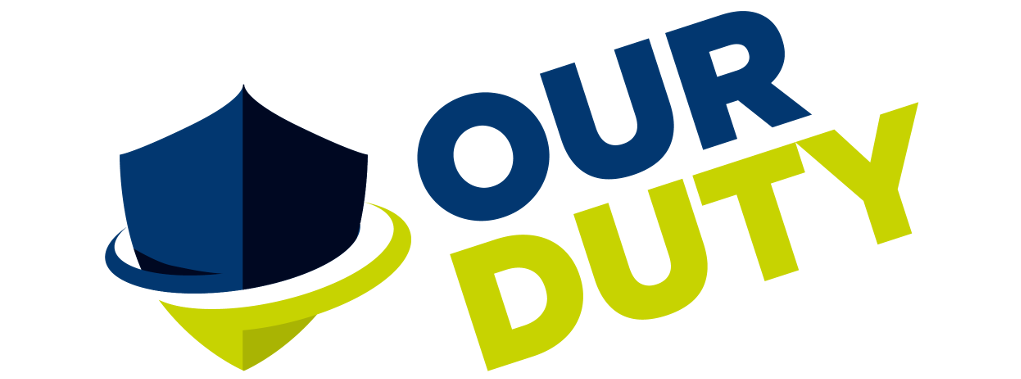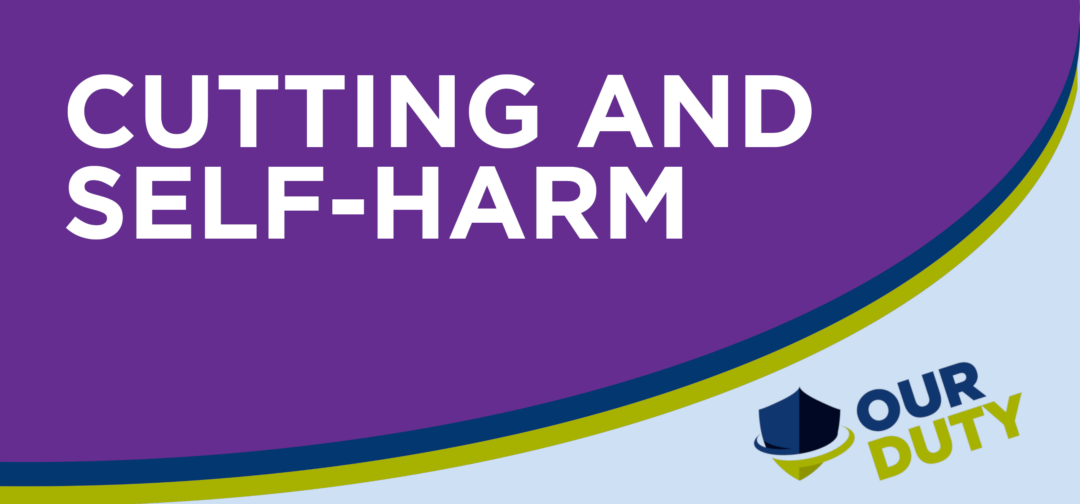Understanding and Addressing Self-Harm
Self-harming behaviours, including cutting, are complex and challenging issues, particularly among adolescents. We know that cutting is often a precursor or an indicator of the rumination associated with transgender ideation. It’s essential to approach this phenomenon with empathy, understanding, and a commitment to providing comprehensive support.
Self-Harm Overview:
Self-harm can take various forms, including cutting, burning, scratching, hitting, banging the head, hair-pulling, or other methods of intentional self-injury. Individuals engaging in self-harm often start during their teenage years, and for some, these behaviors persist into adulthood.
Reasons Behind Self-Harm:
People may resort to self-harm as a way to cope with overwhelming emotions, intense pressure, or challenging relationship problems. Feelings of desperation, relief from emotional pain, and a need for control are common motivations. Sometimes, it’s an expression of intense emotions such as rage, sorrow, rejection, or emptiness.
Underlying Mental Health Factors:
Self-harm may be associated with underlying mental health conditions, including depression, bipolar disorder, eating disorders, obsessive thinking, compulsive behaviours, or issues with substance abuse. Traumatic experiences, such as abuse or violence, can also contribute to the development of self-harming behaviours. All the susceptibilities associated with transgender ideation have also been associated with cutting.
Risks and Consequences:
While self-harm may provide temporary relief, it doesn’t address the underlying issues. Individuals may unintentionally cause severe harm, leading to infections or requiring medical attention. Self-harm is generally not a suicidal act, but it can become habit-forming and compulsive, resembling addictive behavior.
Getting Help:
- Immediate Safety: Ensure the individual’s immediate safety, removing any potential tools for self-harm.
- Open Communication: Create a non-judgmental space for open communication, encouraging the individual to express their feelings.
- Professional Help: Seek assistance from mental health professionals specializing in adolescent mental health. Therapists can provide assessments, interventions, and ongoing support.
- Family and Support Systems: Engage family, friends, and support systems in the individual’s life, fostering collaboration and support.
- Education and Awareness: Educate yourself and others about self-harm, reducing stigma and promoting empathy. Encourage healthy coping mechanisms.
- Develop Coping Strategies: Work with mental health professionals to help develop healthier coping strategies for managing stress and intense emotions.
- School Involvement: Collaborate with teachers, school counselors, and administrators to create a supportive school environment. Implement mental health awareness programs.
- Monitoring and Restriction: Monitor access to items that can be used for self-harm and restrict access to potentially harmful objects.
- Encourage Healthy Lifestyle Habits: Promote a healthy lifestyle, including regular exercise, a balanced diet, and sufficient sleep.
- Involve the Individual in Decision-Making: Empower the individual to take an active role in their recovery and treatment plan.
Seeking Long-Term Solutions:
Long-lasting solutions involve addressing the underlying issues that led to self-harm. This may include:
- Communication: Encourage open dialogue about self-harm, admitting and discussing it with a trusted person.
- Identify Triggers: Work with mental health professionals to identify emotional triggers and situations contributing to self-harm.
- Ask for Help: Request support from trustworthy individuals, and if needed, seek help from multiple sources until assistance is received.
- Professional Assistance: Work with therapists or counselors to address emotional pain, trauma, and learn healthier coping mechanisms.
Recovery from self-harm is a process that requires collaboration, empathy, and consistent support. It’s crucial to emphasize that seeking help is a strength, and there are healthier ways to cope with life’s challenges.

